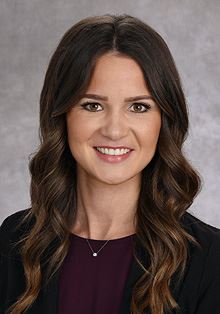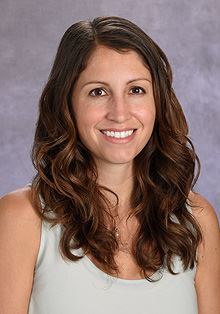2071-2080 of 3760 Results Found
Condition
Anatomy: Fetus in Utero Amniotic sac. A thin-walled sac that surrounds the fetus during pregnancy. The sac is filled with liquid made by the fetus (amniotic fluid) and the membrane that covers the fetal side of the placenta (amnion). This protects the fetus from injury. It also
CME Session
PCH - Phoenix Children's Grand Rounds - Hold the Toast!! Ketogenic Therapies for Epilepsy and Beyond - Randa Jarrar, MD, Christi Wheeler, RD, and Lisa Vanetta, RD
At the end of this presentation, participants should be able to: 1. Understand the macronutrient breakdown of ketogenic therapies, potential mechanisms of action, and efficacy in seizure management. 2. Recognize and effectively manage common side effects of ketogenic therapy. 3

CME Session
PCH - Leadership Development, Mentoring and Residency Training: A Personal Journey - Karin Muraszko, M.D
Surgery Grand Rounds Guest Speaker About the presenter: Karin Muraszko, M.D., grew up in New Jersey and received her undergraduate degree from Yale University. She then continued to Columbia University in New York where she received her medical degree and completed her residency
Condition
Allergens: Animals What is an animal allergen? Allergens found in animals are a common cause of allergic reactions. They are caused by the proteins found in an animal's: Skin (dander) Saliva Urine Household pets such as cats and dogs are the most common sources of animal
Conditions We Treat
Despite trying to keep our kids safe, accidents happen. Whether it’s a minor cut, a broken bone, a life-threatening head injury or a traumatic wound, we can treat it. Trust that your child is in good hands with us, no matter how severe the trauma.

Condition
Diet for Lactose Intolerance What is lactose intolerance? Lactose is the name of the sugar found in milk. Lactose intolerance occurs when your body can’t break down all the lactose in the foods you eat. Symptoms of lactose intolerance include: Diarrhea Gas Bloating Stomach pain
Programs & Services
All of our doctors, nurses, Child Life specialists, social workers, nutritionists, pain management specialists and therapists work with families to help them understand the diagnosis, treatments and care needed at home and throughout a patient’s life.
CME Session
PCH - What's that Line? - PCH Interventional Radiology - Dr. Scott Willard
Pediatric Venous Access Devices Presenter: Scott D. Willard, MD Pediatric Interventional Radiologist, Phoenix Children's At the end of this presentation, participants should be able to: • Choose a venous access device best suited to the indicated use and duration. • Understand
